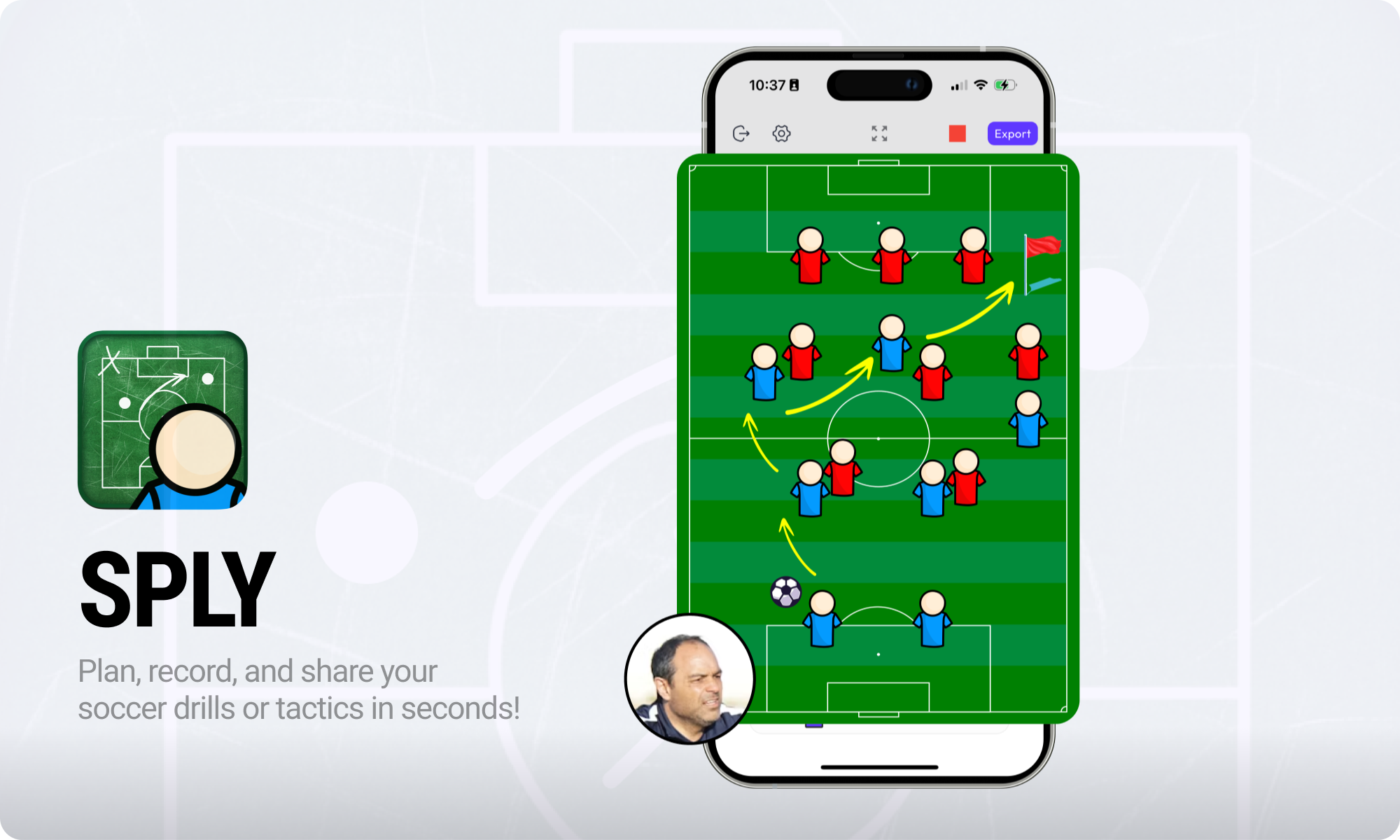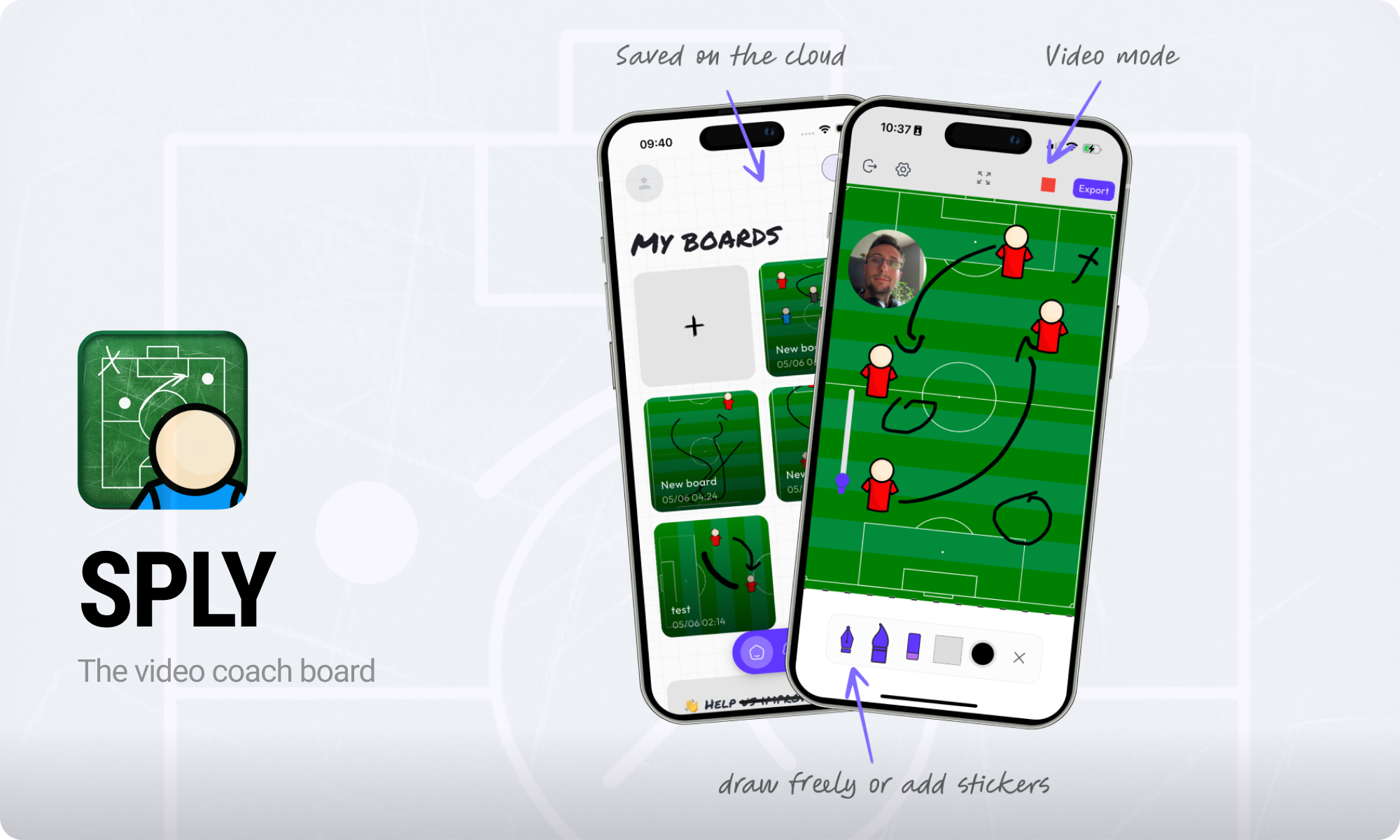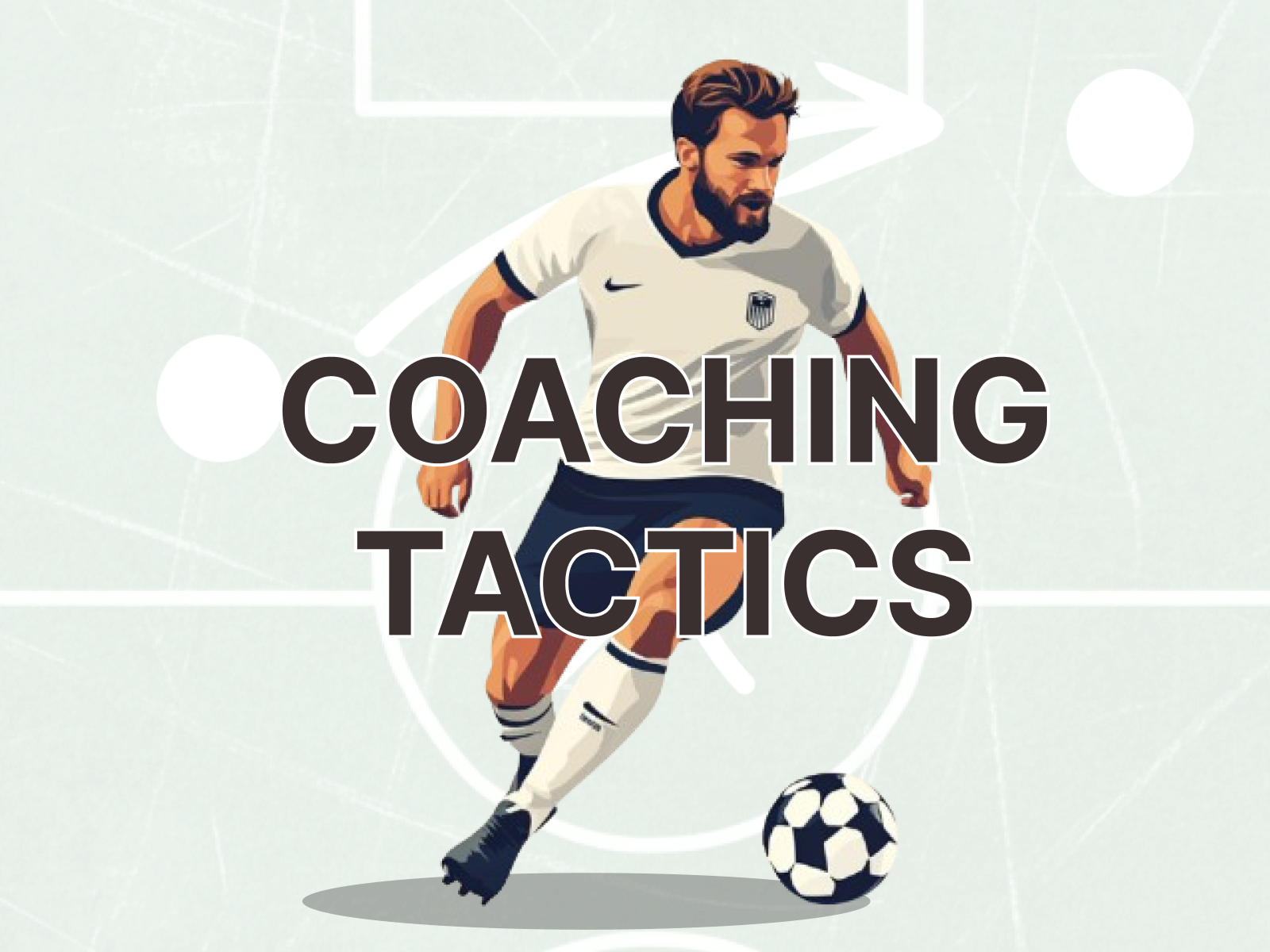Soccer is more than just kicking a ball. It is a strategic dance, a complex puzzle where every player's movement and every pass holds significance. For any coach, mastering soccer coaching tactics is crucial. It is about understanding the game deeply and knowing how to translate that knowledge into effective strategies for your team.
Developing a winning team involves more than just individual talent. It requires a cohesive unit operating under a well-thought-out game plan. Let us dive into the core elements of effective soccer coaching tactics, helping your team's performance on the field.
The Foundation of Effective Soccer Coaching Tactics
Before you can implement any complex tactical scheme, you must understand your team.
What are their strengths? Where do their weaknesses lie?
A successful coach builds tactics around the players they have, not just the ideal formation in a textbook. For example, if your team has fast wingers but struggles with holding possession in midfield, a counter-attacking strategy might be more effective than a possession-based approach. We can analyze individual player skills, their preferred positions, and how they interact on the field. This initial assessment forms the blueprint for your tactical decisions.
Consider a youth team with enthusiastic but inexperienced defenders. Instead of immediately implementing a high-press system that demands complex coordination, a coach might start with a more conservative, deep-lying defensive block. This approach simplifies defensive responsibilities, allowing players to build confidence and understanding before progressing to more advanced tactics. This adaptability is key in modern soccer coaching tactics.
Key Tactical Concepts Every Coach Should Master
Soccer offers a rich tapestry of tactical concepts. Understanding these fundamental approaches allows you to choose and combine strategies to suit your opponent and your team.
Offensive Tactics
How do you plan to score goals? Your offensive tactics define this. One popular approach is possession-based play, where the team aims to control the ball, patiently building attacks through intricate passing sequences. Think of teams that meticulously pass the ball around, waiting for an opening. This requires players with excellent technical skills and positional awareness. Another strategy is direct play, focusing on quickly moving the ball forward, often with long passes, to bypass the midfield and create immediate scoring opportunities. Counter-attacking is a potent offensive tactic, especially against teams that push many players forward. Here, the focus is on winning the ball back and launching rapid attacks into open space, leveraging speed and quick transitions.
Defensive Tactics
Equally important are your defensive strategies. A high press involves pushing your defensive line and forwards high up the pitch to win the ball back quickly in the opponent's half. This demands immense stamina and coordinated effort. Conversely, a low block or deep block involves defending closer to your own goal, minimizing space for the opponent in dangerous areas. Zonal marking, where players are responsible for a specific area of the pitch, is common. Man-marking, assigning each player to track a specific opponent, is another option, though less frequently used across the entire field in professional play. Most teams utilize a hybrid approach, combining elements of both.
Transitions
Perhaps the most overlooked tactical aspect is transitions. What happens the moment you lose the ball? What happens the moment you win it back? Rapid transition from defense to attack (and vice versa) can catch opponents off guard. A quick counter-attack after winning possession deep in your own half can be devastating. Similarly, immediately pressing an opponent after losing the ball can prevent them from launching their own attack. Training these moments is crucial for any effective soccer coaching tactics.
Implementing Tactics Through Drills and Practice
Knowing tactics theoretically is one thing, but applying them on the field is another. Drills are the language of tactical implementation. Break down complex tactical concepts into smaller, manageable drills. For example, if you are working on a high press, start with a simple drill involving two defenders pressing a single attacker, then gradually add more players and complexity. Repetition is key to ingrain tactical movements and decision-making into your players. Scenario-based training, where you create game-like situations, helps players apply tactics under pressure.
Consider a drill focusing on building out from the back. Start with a goalkeeper and two central defenders passing to each other under light pressure. Gradually, add midfielders and opposing forwards to simulate game conditions, teaching players to find passing lanes and escape pressure. This methodical approach allows players to develop a deep understanding of their roles within the tactical framework.
The Power of Visualization and Communication in Coaching
Effective communication is the cornerstone of successful coaching. How do you clearly convey complex tactical ideas to your players? Visual aids significantly enhance understanding. Imagine trying to explain a complex offside trap without being able to show the players their positions and movements. Digital coach boards and video tactical analysis apps have revolutionized this aspect of coaching.

These tools allow you to draw up plays, demonstrate player movements, and even animate sequences. Crucially, many modern solutions allow coaches to create videos where they can overlay their face and voice onto the tactical board as they explain the drills. This personal touch, combined with visual demonstrations, creates a highly engaging and effective learning experience. Imagine being able to draw out a play on a digital board, record your voice explaining each movement, and even show your face for a personal touch. Then, effortlessly share this video with your entire team. This kind of visual and auditory learning is incredibly powerful, ensuring every player fully grasps the strategy. Such tools make sharing drills and tactics simple and efficient, empowering coaches to communicate with clarity and precision.
Adapting Tactics During a Game
Soccer is a dynamic sport. Your initial game plan, based on pre-match analysis, will inevitably need adjustments during the game. Opponents might surprise you with their formation, or your team might be struggling in a particular area. Recognizing these shifts and making in-game adjustments is a mark of an astute coach. This might involve changing your formation, instructing players to switch roles, or making tactical substitutions. For instance, if your midfield is being overrun, you might introduce an extra defensive midfielder or switch to a narrower formation to consolidate the center. These real-time decisions often dictate the outcome of a match.
Conclusion
Mastering soccer coaching tactics is an ongoing journey of learning and adaptation. It involves deep understanding of the game, a keen eye for your team's strengths and weaknesses, effective communication, and the ability to adapt. By focusing on foundational principles, mastering key tactical concepts, implementing them through well-designed drills, leveraging powerful visualization tools, and making shrewd in-game adjustments, you can significantly enhance your team's performance. Explore how modern coaching tools can simplify your tactical planning and communication, making your coaching more impactful and your team more cohesive.

